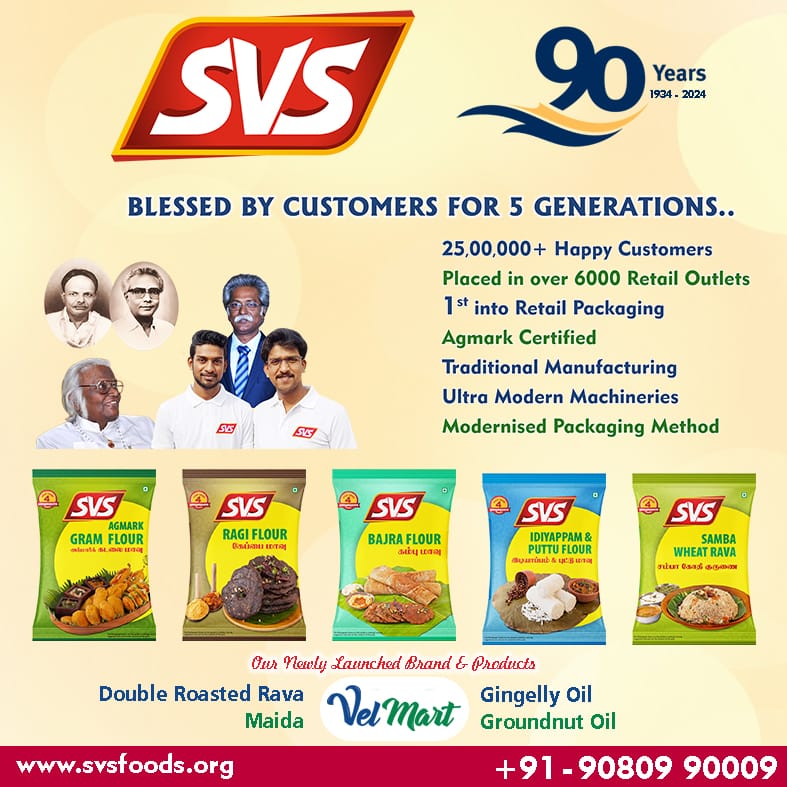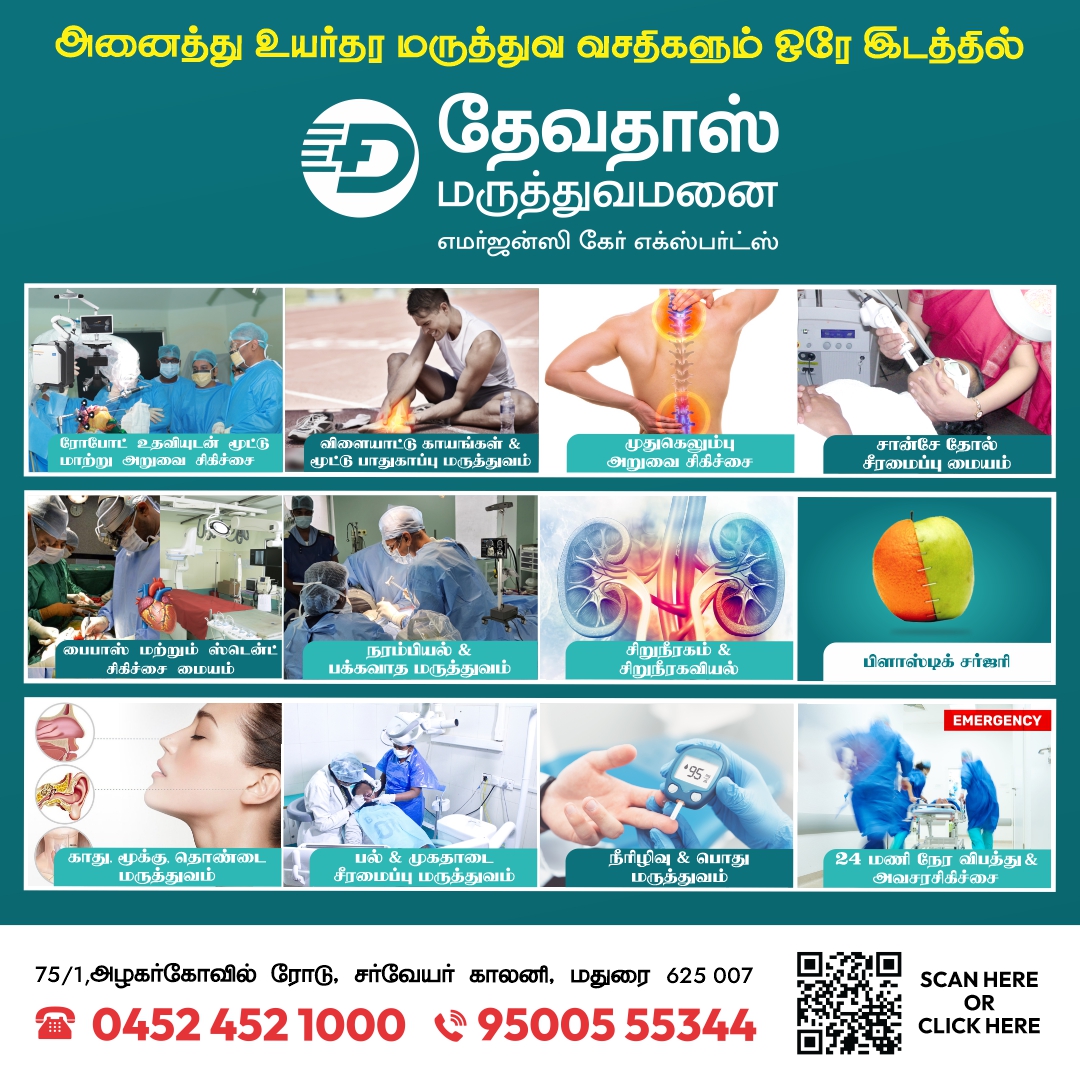MADURAI: Rain Rain Go Away….Come Again Another Day.…. This is the nursery rhyme we read from kindergarten. Here the child rhymes the beautiful lines to play and enjoy with daddy, mummy and family. But, today, water has become such a luxury that we can’t afford to say the same lines… rain rain go away….. Those days are gone. We need rains…So we will say only come again, come again.

Water Status in Madurai
Actions to be taken
- The digital map on water sources has to be created in Madurai.
- A survey of tanks including the exploited one should be taken promptly.
- Water stressed areas in the corporation have to be identified.
- Reasons for this water stress has to be projected in a scientific manner.
- Water management efficiency in the government or corporation level has to be evaluated by the experts.
Recommendations for immediate actions.
Artificial recharge has to be taken up urgently in the over exploited and critical blocks.
It is necessary to augment the drinking water sources to make it suitable by recharging the deeper fractures through recharge wells.
On the basis of experimented studies, it has been found that Check Dam or Percolation Pond can not be cost-effective unless it is combined with recharge wells or shaft.
By desilting of existing tanks and supply, the channel will not only augment the surface water resources for irrigation but also indirectly augment the groundwater sources. It is also found that desilting of the tank is most beneficial of all the recharge structures.
Suitable soil management practices are to be adopted in areas where the groundwater is found to have higher EC and SAR.Proper sanitation facilities are to be initiated to avoid mixing of sewerage in the surface water bodies.
Treated water is the solution to the water scarcity in Madurai.
Installation of double line one for freshwater and other for recycled water.

Special thrust on the following:
- Unclog which aims at the removal and treatment of solid waste and sewage from the channels.
- Capture which utilizes techniques for rain-catching and retention.
- Activate which aims at using the captured water to activate the channel edges by engaging the community.
- Preserve which aims at preserving and evolving the city’s water system for generations to come
- Bridge Filter
A filter system is attached to existing bridges over the channels to trap plastic waste which can be easily removed and taken to the Plastic-Co for Social Capital Credits. - Alternate Sewage Channel
A separate sewage line, utilizing the French Drain System, which runs parallel along the channel is proposed to protect the channels’ health. - Sedimentation at River and Channel Junctions
Check dams for building sedimentation along the Vaigai are proposed for raising the riverbed and allowing flow into dried channels - Rain Catching
Through softening the edges of the channels, creating meanders along with them, and providing for basins in low-lying areas, the presence of water is maintained for a longer duration - Public Toilet
Within public areas, public toilets are proposed to bring safe bathrooms for women in the city, as well as men - Water-based Public Infrastructure
Public spaces house public infrastructure which utilizes the water from the channel for creating community gathering spaces. - Agri-Zone
A percentage of land along the channels is preserved for agriculture use only, which can happen in the form of traditional farming, or more progressive and advanced ways of growing food - FAR and Groundcover Policies
Green public space is proposed all along the channel, requiring setbacks from the channel, but in turn providing greater FAR and ground coverage for developers in return for maintaining the public space along the channel in front of their property. - In inter-linking of rivers, water is pumped from one area to the other, whereas in the NWP, the rivers are networked and the returns are great,”
- Hygienic water through WATER ATM.

WATER CHALLENGES in MADURAI
Integrated management of diversified water resources
Water supply in an isolated tropical area, Rehabilitation of Deteriorated Infra, Policy for Integrated Water Management, Governance for Trans-boundary and shared water resources
Innovating financing for local water solutions –
Circular Economy
Energy Efficiency in sewage, wastewater, and seawater recycling and reuse.
Energy consumption
NEXUS for efficient utilization of limited water resources and energy recovery
Water recycle, water-food-energy Nexus, RO(Reverse Osmosis), renewable energy
Urban flood prevention and management for sustainable water cycle and urban regeneration
Climate Change, Flood Prevention, Sustainable Management,
The depletion and pollution of water caused by climate change
Climate Change, Drought Management, Water Shortage
ICT based water management
Urban water management, Urban regeneration, Intelligent public sewage treatment facilities, big data utilization, internet of things,
IoT Water Management
‘Smart’ solutions for water management: definition and case of ‘smart solutions’ by region, the sector, and target.
Simple technologies to save water in irrigation, Innovative management to prevent flood or drought
Nature-based solutions for ecological recovery and reinstate natural process of rivers
Green Infra, Environmental flow, River Restoration, Ecosystem Service
Ecological urban water cycle in the adaptation of climate change
Utilizing Low impact development and Green Infrastructure, resilience cities, Ecological Flow
Desalination is the only remedy available now to solve the water crisis
(THE FAMOUS WATER TRAIN TO CHENNAI IN JULY 2019)

METHODS OF DESALINATION:
Atleast three principle methods of desalination exist: thermal, electrical, and pressure. The oldest method, thermal distillation, has been around for thousands of years. In thermal distillation, the water is boiled and then the steam is collected, leaving the salt behind. However, the vaporization phase change requires significant amounts of energy. More modern methods of distillation make use of various techniques such as low-pressure vessels to reduce the boiling temperature of the water and thus reduce the amount of energy required to desalinate.
A second major type of desalination utilizes electric current to separate the water and salt. Typically, electric current will be used to drive ions across a selectively permeable membrane, carrying the dissociated salt ions with it. A key characteristic of this method is that the energy requirement depends on how much salt is initially present in the water. Consequently, it is suitable for water with initial salt concentrations but too energy-intensive for seawater.
A third principle method of desalination is reverse osmosis, in which pressure is used to drive water through a selectively permeable membrane, leaving the salt behind. Similarly to electrically-driven separation, the amount of energy required for desalination depends on the initial salt content of the water. Again, this renders reverse osmosis unsuitable for seawater purification.
Energy of Desalination
Despite the innovative refinements of desalination, the energy requirements are still tremendous. State-of-the-art desalination still requires 7 to 30 kW-h of energy per 1000 gallons of desalinated water. The energy required can vary significantly based on the type of desalination used as well as the initial salt content of the water. Thus, to desalinate 12 billion gallons of water daily, the world uses at least 84 million kW-h of energy; the actual number is likely significantly higher as many plants use older technology that requires more energy per 1000 gallons of purified water. Since a gallon of gasoline contains about 33 kW-h, the world uses the equivalent of at least 2.5 million gallons of gasoline daily to desalinate water.
CMERI Develops Green Technologies for Quality Drinking Water CSIR-CMERI (Central Mechanical Engineering Research Institute), Durgapur has developed three technologies for the supply of quality drinking water from groundwater sources. The newly developed technologies are based on the principles of oxidation, precipitation, and filtration and do not require electric power and so are completely green. In India, groundwater is the major source for drinking and domestic purposes. However, the presence of contaminants like iron, arsenic, and fluoride in groundwater is also a matter of concern. The new technologies will ensure quality drinking water from groundwater sources free from iron, arsenic and fluoride contaminations.
The technology uses a method of separating liquids and solids called pervaporation. Pervaporation is a simple, two-step process – the first step involves filtering the liquid through a ceramic or polymeric membrane, while the second step requires vaporizing and collecting the condensed water. Pervaporation is faster, cleaner and more energy-efficient than conventional methods, not least because the heat required for the vaporization stage does not necessarily have to be electrically generated.
Pervaporation is not new – it has been in use for many years. But the membrane used in step one has been expensive and complicated to manufacture.
The breakthrough in this research is the invention of a new salt-attracting membrane embedded with cellulose acetate powder for use in step one of the pervaporation process. Cellulose acetate powder is a fiber derived from wood pulp and is, according to the researchers, cheap and easy to make in any laboratory.
According to the paper, the membrane can quickly desalinate highly concentrated seawater and purify even badly contaminated seawater. It can also be used to capture pollutants and salt crystals to minimize pollution of the environment. The membrane can be used in very remote situations using fire to vaporize the water.
The researchers have yet to prove the commercial viability of the product, but if they can, it could be a promising alternative for developing countries where water and electricity is a scarce resource.
The following four categories of indices are looked at to assess the extent of drought:
- Rainfall-related indices
- Remote sensing-based vegetation indices
- Crop situation-related indices
- Hydrological indices
Rainfall is considered to be the most important while others are looked at in combination with rainfall.
Other factors that are considered in the evaluation of droughts include:
- Fodder availability, pricing, and information on cattle camps
- Drinking water availability for humans and livestock
- Migration of people in search of employment
- Agricultural and non-agricultural wages compared with normal times
- Availability and price of food grains and essential commodities
We have to think over:

1.How to Maximize Water Conservation while Minimizing Running Costs in agricultural sector.
- Efficient filtration can be designed to serve the various agricultural applications as well as landscape, municipal and private gardens.
- Novel methods to disinfect the drinking water stored in the public tanks.
4.Introduction of drip irrigation to minimize the water wastage in agriculture.
5.A new level of intelligent water management solutions through innovative pump systems to deliver the water supply.
6.Toxic-free Wastewater reclamation and seawater desalination has become key in assuring an adequate supply.
- Assuring the low rate of water leakage
8.Establishment of National Water Company to provide new innovative techniques for desalination, reclamation, chlorination, checking the leakage, smart water management, digital water management, etc.
Private Public participation is highly required to handle this vital issue.
Dr.P.S.Navaraj
94426 – 48168 – Madurai, Tamil Nadu.








